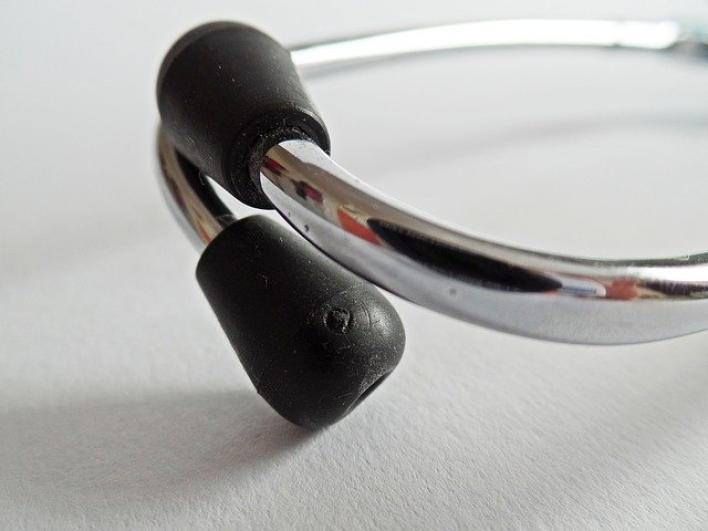
MIPS Penalties Are Higher
MIPS eligible clinicians and groups who do not report MIPS this year will receive a negative 5% payment adjustment in 2020. The MIPS payment adjustment will apply to payments for services under Medicare Part B and will not include Part B drugs. The penalty will increase to 9% in 2022, so successfully reporting MIPS will continue to be important to your bottom line.
CMS has also increased the minimum performance threshold for the second year of the program. MIPS eligible clinicians must earn at least 15 MIPS points this year to avoid a penalty, up from 3 points in 2017. Earning less than 15 points will result in a downward payment adjustment.
MIPS Categories - Cost Will Count This Year
Your 2018 MIPS score will be based on your performance in 4 categories. The weight for the Quality category will be slightly lower since CMS is adding the Cost category to your total performance score this year.
Clinicians do not submit any additional data for the Cost category. Instead, CMS will use Medicare claims data to calculate the Cost performance score for MIPS eligible clinicians. The weight for each MIPS category is highlighted below:
- Quality - 50%
- Advancing Care Information - 25%
- Improvement Activities - 15%
- Cost - 10%
Quality - More Reporting is Necessary
Eligible MIPS clinicians and groups must still report 6 Quality measures this year, but each measure must be reported on 60% of eligible patients or visits for the full calendar year. Measures that do not meet the higher data completeness standard will receive just 1 point.
CMS is providing some additional flexibility to solo providers and practices with 15 or fewer providers. These small practices will still earn 3 points for each quality measure that does not meet the data completeness requirement.
Advancing Care Information is Now “Promoting Interoperability”
CMS recently announced it is changing the name of the Advancing Care Information category to Promoting Interoperability. This category will still be reported for a minimum of 90 days and the measures have mostly remained the same as last year.
A 2014 or 2015 certified Electronic Health Record (EHR) is required for this category and all base measures must be reported. Any MIPS eligible clinicians using only a 2015 certified EHR could earn a 10% bonus. There are exclusions in place for e-prescribing and Health Information Exchange (HIE), and there is a new hardship exclusion for small practices.
Improvement Activities - Still An “Attestation” Process
The Improvement Activities category will continue to be a simple attestation process for activities performed for 90 days. A few more activities have been added this year, but the number of activities to be reported (based on the size of your practice) remains the same:
- Groups with over 15: attest up to 4 medium-weighted or 2 high-weighted IAs;
- Solo providers and groups with 15 or less: attest to 1 high-weighted OR 2 medium weighted IAs.
Moving Forward
With these changes in mind, it’s not too early to get started with your MIPS reporting. You can count on MDinteractive to guide you through the new requirements and help you figure out the best strategy for your practice. Contact us today to get started!
Leave a comment